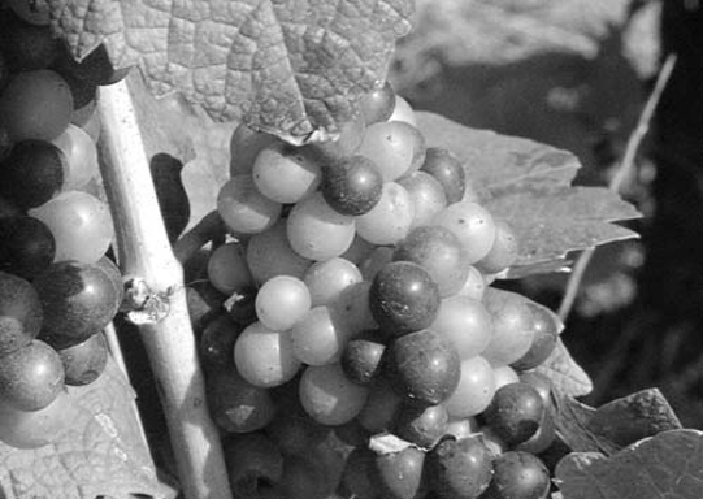Travel Reference
In-Depth Information
The Romans brought winemaking knowledge with them to Burgundy more than
2,000 years ago, but it was medieval monks who perfected the art a thousand years later,
establishing the foundations for Burgundy's famous wines. Those monks determined that
pinot noir and chardonnay grapes grew best with the soil and climate in this region, a les-
son that is followed to the letter by winemakers today. The French Revolution put capital-
ists in charge of the vineyards (no longer a monkish labor of love), which led to quantity
over quality and a loss of Burgundy's esteemed status. Phylloxera insects destroyed most
of Burgundy's vines in the late 1800s, and forced growers to rethink how and where to
best cultivate grapes in Burgundy. This led to a return of the monks' approach, with the
veneration ofpinotnoirandchardonnaygrapes,afocusonqualityoverquantity,andabig
reduction in the land area devoted to vines.
Todaythegovernmentcontrolshowmuchfarmerscanproduce(tosustainhighqual-
ity). This has a huge effect—in Burgundy, the average yield is only about 40 hectoliters
per hectare (about 1,000 gallons), whereas in California it's more than double that. There
are about 4,200 wineries in 44 villages in Burgundy. The wineries are tiny here (12-15
acresonaverage)thankstoNapoleon,whodeterminedthatlandshouldbeequallydivided

